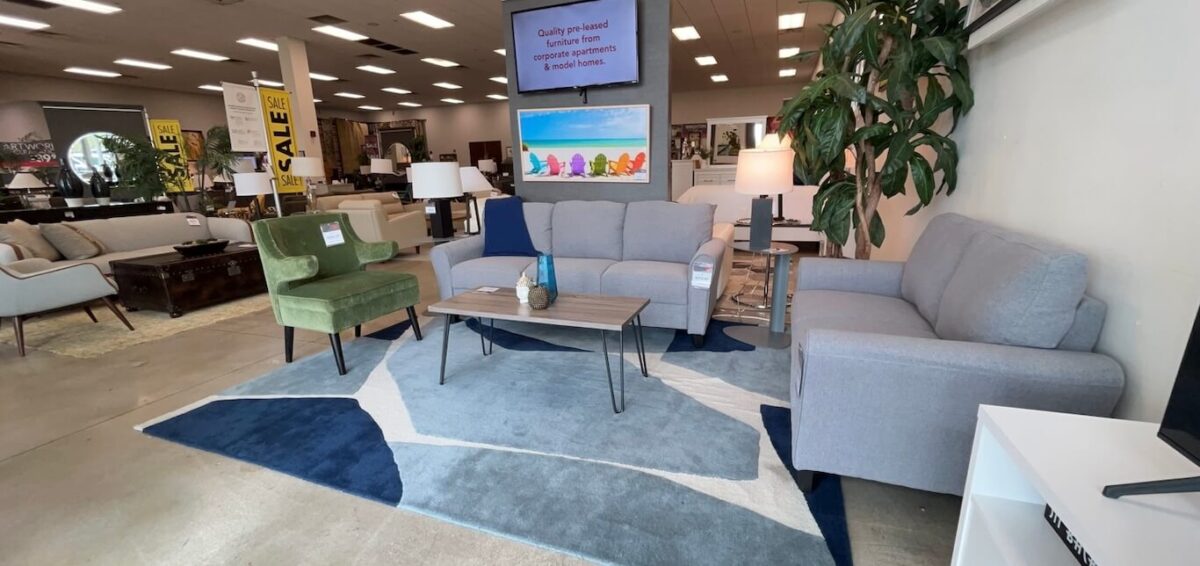It’s not exactly breaking furniture news that moving an office costs money. In addition to the expense of cleaning crews, packing fees, and movers, the downtime experienced by your business can cost a company lots of money. It would seem that the faster and more efficient your move is, the less money a company loses.
Begin Preparations Early
But a fast move can often cause a high level of confusion and disorganization that costs time and energy in the long run. Ultimately, the goal of any office move is to minimize company downtime while maximizing efficiency, effectiveness, and organization. All of this is possible when companies prepare well. For a truly smooth and seamless move, preparation can start months in advance. But how you prepare is equally as important as how early you start.
Do an Inventory
In your old office, start by doing a thorough inventory of your office equipment, furniture, files, and other items. List these items according to their functional groupings. For example, office communications will include the fax machine, copier, and shipping supplies, while staff community areas may include a break table, water cooler, refrigerator, and pantry items. List the size of each piece of large furniture and equipment. Depending on the size and age of your pieces, you may decide that it is more effective to arrange for office furniture rental to replace some or all of your office furniture.
Map Out Your New Space
In your new facility, map out where each of these functional groupings will be housed. Use your inventory list to help you predict what items will fit where. You may find it very helpful to create a map of your new office. There are software programs available for this purpose, or you can use the old-fashioned method of making a scale drawing of your new office space and using scale cut-outs to represent furniture and equipment. The plan should include the location of each employee desk or office, furniture rental pieces, plants, etc. Label each item on the map to match labels on the actual pieces. Your movers can then use this map to locate where each item is to be placed. When smaller supplies are boxed, ensure that they are boxed according to their location. Using colored labels will help with this process. If your current location uses office furniture rental, be sure to label these items separately so that they can be handled accordingly.
Create a Moving Plan
Create a company-wide document that outlines your office moving plan. You may want to outline a number of stages and deadlines. Tell employees exactly when they need to pack their personal belongings and throw away extra trash. Include in the plan when you will be recycling any outdated files and materials that are no longer needed. Let people know exactly when normal company activity will stop and when it will resume. The clearer you can be about each phase of the move, the better. Create a checklist for each phase to include in the document. This will ensure that nothing essential is left out. Include actions like packing furniture contents, organizing and packing storage keys, contacting your office furniture rental company, turning on and off facility, draining liquids from equipment, removing items from the walls and labeling. You may even want to hold a meeting to answer questions people might have.
On moving day, you may want to have bottled water and snacks available for any employees who are coming in on their day off. Playing music can also keep the environment friendly and productive. You can even engage your customers by posting updates and fun photos about the move on Facebook. With organization and prior planning, your move can not only save the company money, it can turn a potentially frustrating activity into a morale-building company event.






